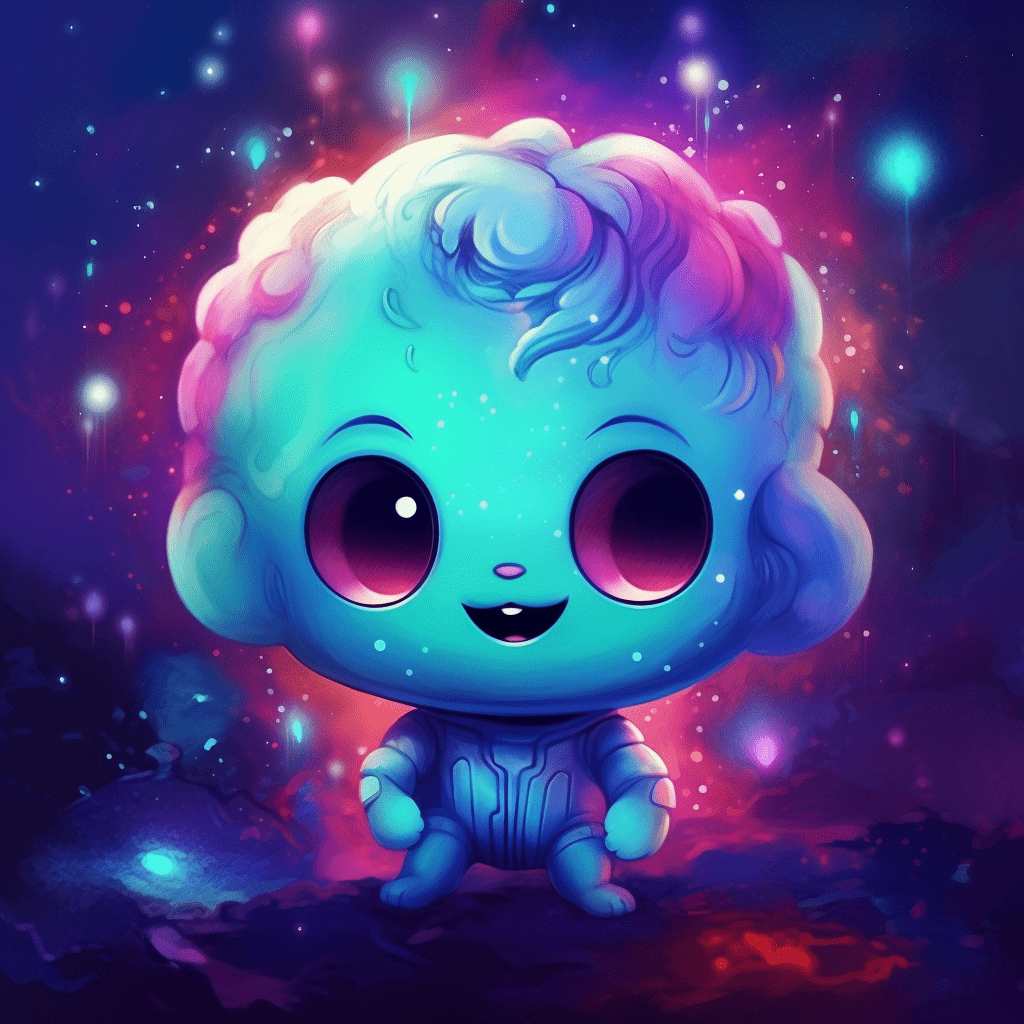The booming world of NFTs (non-fungible tokens) has opened up new opportunities for artists, creators, and entrepreneurs to monetize digital assets. However, when it comes to launching an NFT project, it’s essential to weigh the costs against the potential returns. In this article, we’ll explore how to analyze the ROI (return on investment) of starting an NFT project and discuss various factors to consider.

Understanding the costs associated with NFT projects
To accurately gauge the ROI of your NFT project, it’s crucial to understand the various costs involved. These costs can be divided into three categories: initial costs, ongoing costs, and variable costs.
Initial costs
- Platform fees: Many NFT marketplaces charge fees for listing, minting, and selling NFTs. Research different platforms and their fee structures to make an informed choice.
- Smart contract development: If you’re planning to create a custom smart contract for your NFT project, you may need to hire a developer or purchase a pre-built solution, adding to your initial costs.
- Artwork creation: Creating high-quality digital art for your NFTs might require hiring an artist or purchasing software and tools.
- Marketing: You’ll need to invest in marketing your NFT project to attract potential buyers and create buzz around your collection.
Ongoing costs
- Maintenance and updates: Regularly updating your project and addressing any technical issues are essential for long-term success. This might involve hiring a developer or devoting your own time and resources.
- Customer support: Providing support to your NFT buyers is crucial for maintaining a positive reputation and building trust.
Variable costs
- Gas fees: Ethereum-based NFT projects are subject to gas fees, which can be volatile and may significantly impact your costs.
- Exchange rate fluctuations: The value of cryptocurrencies can be highly volatile, affecting the revenue you generate from your NFT sales.
Calculating the potential ROI

Once you’ve estimated the costs associated with your NFT project, the next step is to project your potential revenue. This can be tricky, as the NFT market is unpredictable and success is not guaranteed. However, you can make some educated guesses based on the following factors:
- NFT pricing: Determine the price range for your NFTs and estimate the number of tokens you plan to sell.
- Sales channels: Consider the platforms and sales channels you’ll use and their associated fees.
- Secondary sales: Some NFT platforms offer royalties on secondary sales, which can provide an additional revenue stream.
- Alternative revenue streams: Explore other revenue-generating opportunities, such as merchandise sales, licensing, or in-app purchases.
With these factors in mind, calculate your potential revenue and subtract your estimated costs to arrive at a rough ROI estimate for your NFT project.
Factors affecting the success of an NFT project
Several factors can influence the success of an NFT project and, ultimately, its ROI. Some of these factors include:
- Market demand: The overall demand for NFTs and the specific niche your project targets can greatly impact its success.
- Uniqueness and innovation: NFT projects that offer unique and innovative features or experiences are more likely to capture buyers’ attention and command higher prices.
- Marketing and promotion: A well-executed marketing strategy can attract potential buyers and increase the visibility of your NFT project.
- Community engagement: Building a strong community around your project can enhance its value and drive demand for your NFTs.
- Timing: Launching your NFT project during a favorable market cycle can significantly impact its ROI.
Ways to improve the ROI of your NFT project
Here are some strategies to boost the ROI of your NFT project:
- Optimize your marketing strategy: Focus on targeting your ideal audience through appropriate marketing channels and create compelling content that showcases the value of your NFT project.
- Collaborate with influencers: Partnering with influencers in your niche can help generate buzz around your project and expand your reach.
- Offer exclusive perks: Providing exclusive benefits, such as early access or limited edition NFTs, can incentivize buyers and drive demand.
- Utilize a multi-platform approach: Listing your NFTs on multiple marketplaces can help you reach a broader audience and increase your chances of making sales.
- Continuously engage with your community: Regularly interacting with your community, updating them on project developments, and addressing their concerns can help maintain interest and drive long-term value.
Navigating the NFT landscape

Creating a successful NFT project can be both challenging and rewarding. By understanding the costs involved, accurately projecting potential revenue, and considering various factors that influence success, you can make informed decisions about whether to pursue an NFT project and how to optimize its ROI.
In the rapidly-evolving world of NFTs, it’s crucial to stay informed about the latest trends, technologies, and market dynamics. By doing so, you can better position yourself to seize opportunities and make the most of your investment in the exciting realm of digital assets.
